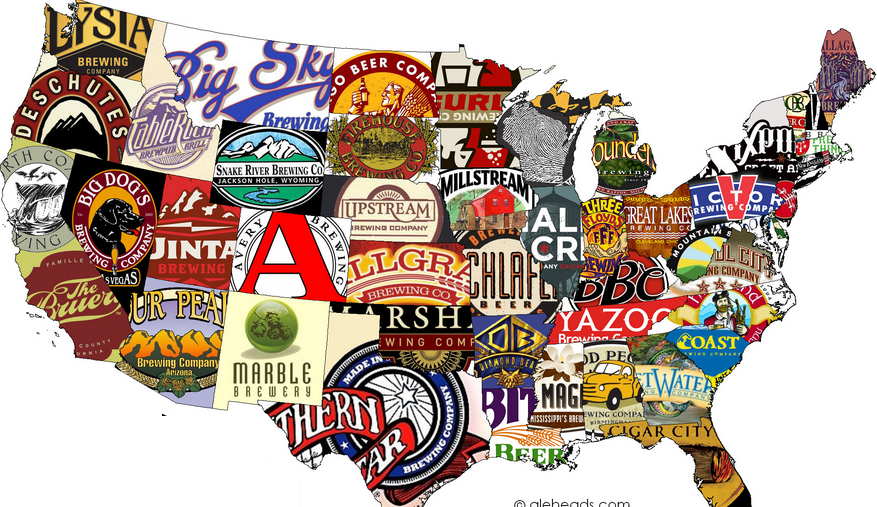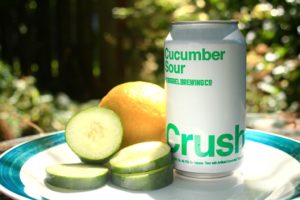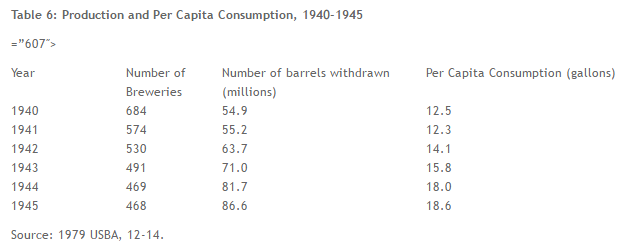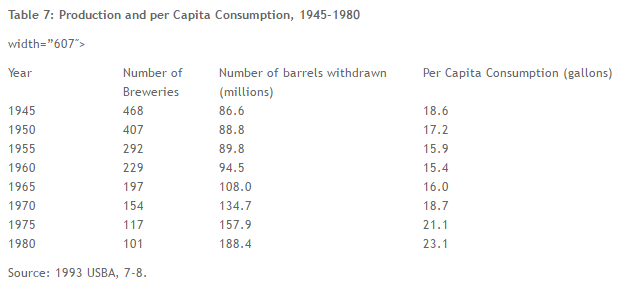
When AB-InBev bought 10 Barrel Brewing in November of 2014, the state of Oregon was in shock. With only Goose Island (March 2011) and Blue Point (Feb. 2014) coming before them, seeing an independent brewer in the Northwest fall victim to the enticement of money, larger distribution and increased shelf space was unnerving.
The next 13 months saw four more breweries purchased, including another local to me, Elysian, and again there was outrage. People I know were literally buying up “their last purchases” from them, getting the last of what they knew to be independently produced. Now I don’t know that other die-hard craft fans across the country took such measures or shrugged their shoulders and paid no mind to this trend, but there was definitely backlash and rightly so.
Over the past 27 months, I’ve had extensive talks with many in the industry – fellow writers, small brewers, current employees of breweries sold, the casual drinker and the aforementioned die-hards, trying to piece together what it all means and how it affects someone like myself, a nerdier-than-average consumer. While it’s anyone’s guess what the next few years will hold, we’re definitely witnessing an ever changing landscape in craft beer, driven by it’s own success in today’s beer industry.
Sour Power?
My first exposure to 10 Barrel was relatively unconventional actually – it was the first roll-out of Tonya Cornett’s now famous Cucumber Crush, at Portland’s Fruit Beer Fest in 2013. It was a revelation – a tart Berliner Weisse that really tasted like biting into a fresh cucumber. It went on to win Gold at the 2014 World Beer Cup a nd the Great American Beer Festival.
nd the Great American Beer Festival.
But Tonya had been crushing it for years, becoming the first female to win Brew Master of the Year honors at the World Beer Cup in 2008 (Small Brewpub) while at Bend Brewing. It was there she created a perennial favorite, Ching Ching, a Pomegranate Hibiscus Berliner Weisse that they still make a ton of.
Now about what happened that November in 2014… Early in the month, 10 Barrel brought on the gifted medal-winning brewer from Pelican Brewing, Whitney Burnside. Fresh off medalling a month earlier at GABF for Poire du Pélican – a Belgian golden strong aged on pears in chardonnay barrels, Whitney was hired to handle brewing at their new Portland Brewpub, set to open in 2015.
 Only a few days later, announced November 5th, the deal was done – 10 Barrel and all its brewpubs were now under the banner of AB-InBev. So what were the locally focused, craft beer faithful to do? Support their favorite brewers despite being purchased by the world’s largest brewer and distributor or shun them for a buyout they had no say in?
Only a few days later, announced November 5th, the deal was done – 10 Barrel and all its brewpubs were now under the banner of AB-InBev. So what were the locally focused, craft beer faithful to do? Support their favorite brewers despite being purchased by the world’s largest brewer and distributor or shun them for a buyout they had no say in?
It was a debate that raged as Elysian’s board went around former owner and Brewers Association Board Member Dick Cantwell, selling to AB-InBev only a few months later in January of 2015. The Fear was now real, but with the recent explosion of craft beer growth, were these purchases really going to make a difference or were they just a desperate attempt for the biggest brewers to remain relevant?
What Happened After the War
We’ve seen this all before… In 1934, one year after passage of the 21st Amendment ending Prohibition, there were 756 brewers back in operation. From 1949 to 1958, 185 breweries were sold or shut down. Why? First, unlike World War I when production slowed due to grain rationing, brewing during World War II saw an increase in production and consumption, though a decrease in total breweries.

Following Prohibition, the laws were changed to restrict brewers from owning their own pubs, thus was a built a new infrastructure of distributors, giving great advantage to the largest brewers who could open multiple operations throughout the country, own the major distributors and thus be able to quickly stock shelves nationwide. Not to mention the first canning of beer in 1935, the growth of radio and tv advertising, and the increased buying power of Americans, many of whom now owned refrigerators.
So we can thank Anheuser Busch, Coors, Miller, Pabst, Schlitz, Blatz, Stroh and many others for effectively giving us 30+ years of homogeneous German Lagers, Pilsners and Cream Ales. Sure there were breweries that survived these buy-outs and regional take-overs, yet by 1983, the top 6 breweries controlled 92% of production, with only 51 companies operating 80 breweries in the US.

Yet a new wave of brewers was already changing the industry. They were led by visionaries like Fritz Maytag who took Anchor to new heights starting in 1965, the revolutionary Jack McAuliffe opening New Albion in 1976, and Charlie Papazian founding the American Homebrewers Association in 1978, the Association of Brewers (now the Brewers Association) in 1979 and writing The Complete Joy of Home Brewing, the Home Brew Bible, in 1984.
And yes, there were great gains in the 90’s for the burgeoning microbreweries, but also a huge downturn late in the decade. Though there were more struggles in the 2000’s, the consolidation of the Association of Brewers and the Brewers’ Association of American in 2005 created a bond among independent brewers, enabling them to create the successful craft beer market we’ve seen since 2011.
 American Craft Beer The Best Craft Beer, Breweries, Bars, Brewpubs, Beer Stores, And Restaurants Serving Serious Beer.
American Craft Beer The Best Craft Beer, Breweries, Bars, Brewpubs, Beer Stores, And Restaurants Serving Serious Beer.
